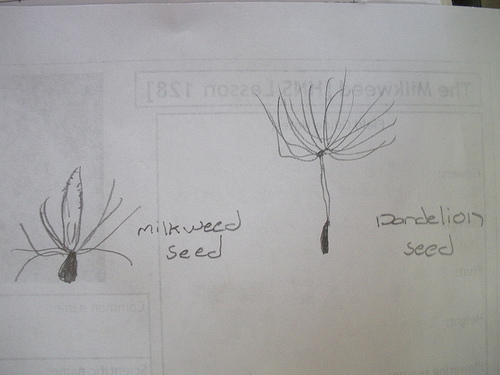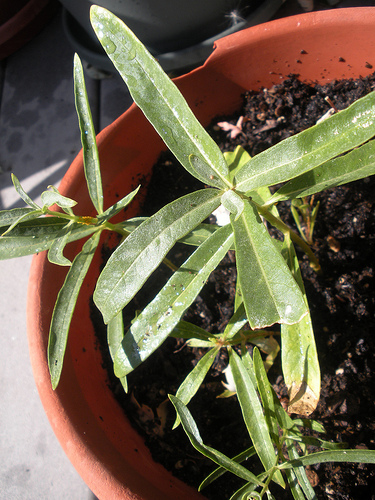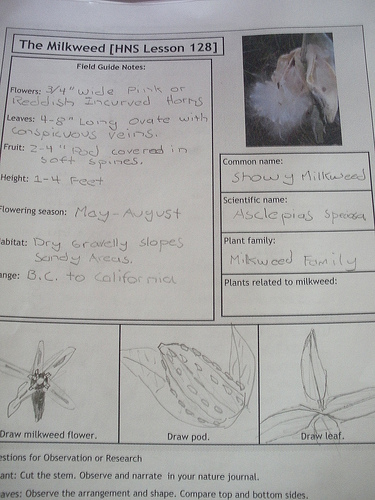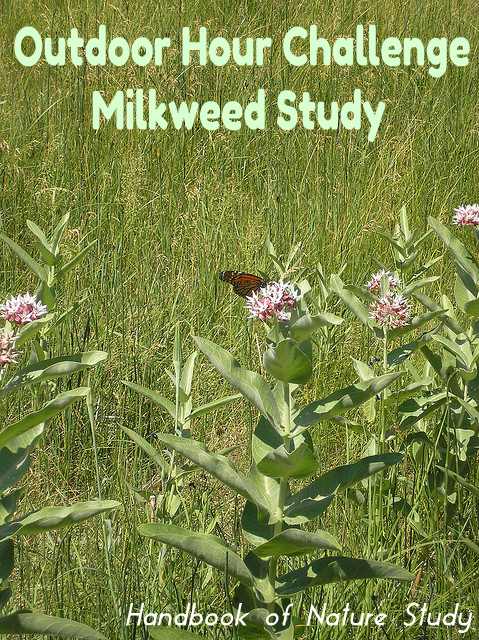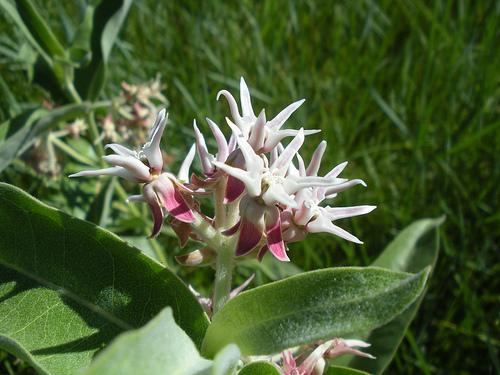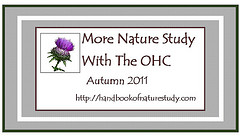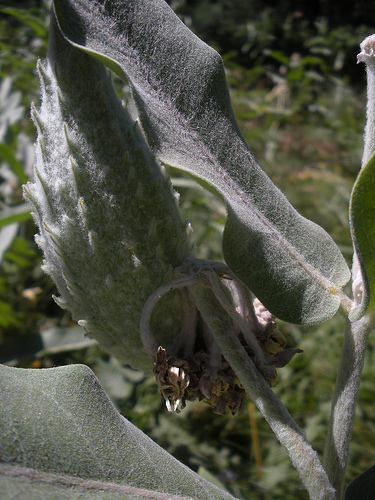 |
| Showy Milkweed pod and dried flowers – Yosemite Valley 8/2011 |
Nature study while traveling is a gentle way to learn more about a new place, or in this case, a familiar place. Our family spends quite a bit of time at Yosemite National Park and consider it part of our big “backyard”. Learning flower names, tree species, more about the mammals who live there, and how they all work together has been a layer of understanding that over time has given us much pleasure. We KNOW this place and appreciate the beauty and awesome balance found in this most special of valleys.
As part of our milkweed study, I remembered an abundance of Showy milkweed in Yosemite Valley…whole patches in the meadows. We made a special walk along the Valley floor to observe an abundance of milkweed…it was hot in the sun but that is part of the late summer experience at Yosemite.
I was wishing were not a national park so we could pick some pods to dissect….we restrained ourselves and used our eyes and camera to capture our experience instead. There is so much to learn by using your senses.
Things we found interesting to think about and research a little more:
- Insects we observed: milkweed beetle, some sort of bee/wasp
- Size of some of the pods…was it a “good” year for milkweed?
- How long until the pods burst open and shed their seeds?
Mr. B did a comparison of the milkweed seeds (images from a previous encounter and internet research), dandelion seeds (found in our backyard), and the cattail (gathered at our local patch).
We also have a small pot of milkweed on our back deck that we have been nurturing for two years. It did grow a bit better this year but still no blooms or pods. I am going to try again next year with new seeds but after reading about milkweed in the Handbook and online, we may plant them directly in the garden.
All in all, I think the new Advanced Follow-Up suggestions went rather well for this challenge.
If you would like to see another milkweed entry we did a few years ago, you can click over here:

